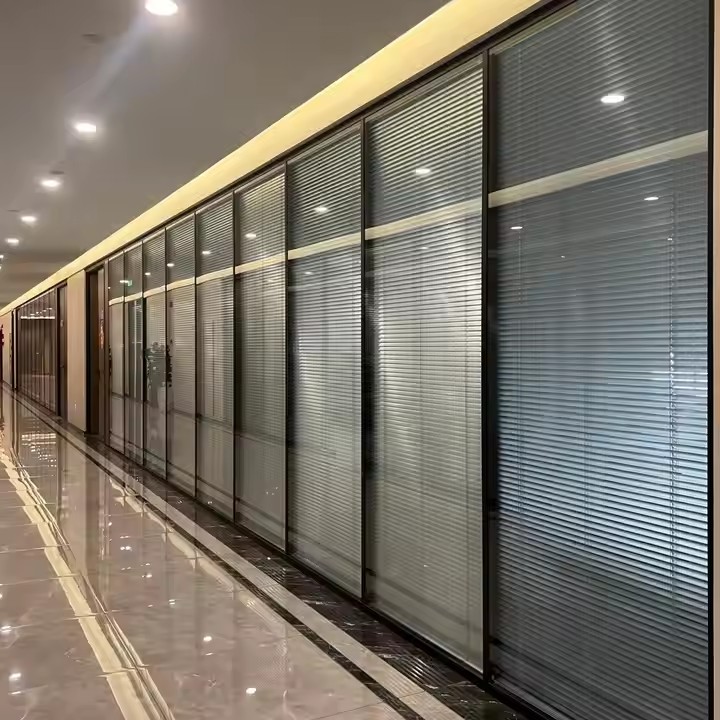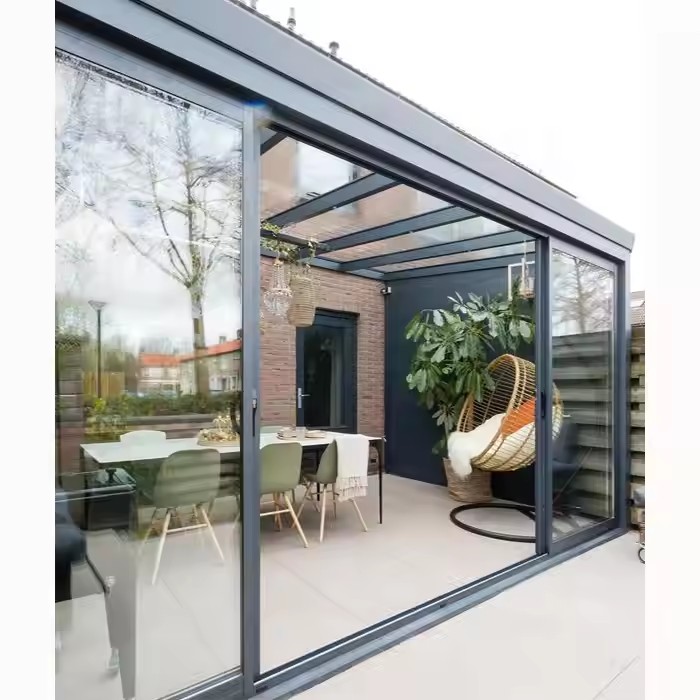Significant Cost Advantages
Lower raw material costs: China has abundant raw material resources and a complete industrial chain, giving it an edge in supplying key materials such as aluminum, steel, and plastics for awning production. For example, China is the world’s largest producer and consumer of aluminum. With high output and relatively stable prices, Chinese awning manufacturers can reduce procurement costs.
Labor cost advantage: Although labor costs in China have risen in recent years, they are still lower compared with developed countries in Europe and North America. This is especially true in labor-intensive processes such as awning assembly, where lower labor costs help reduce overall production expenses and enhance price competitiveness in the global market.
Economies of scale: China has a large number of awning manufacturers with large-scale production capacity. Mass production allows companies to achieve economies of scale in equipment, raw materials, and production management, lowering per-unit costs. For instance, large awning manufacturers can negotiate better raw material prices through bulk procurement, further driving down costs.

- Growing Technological Innovation
Smart technology applications: Chinese awning companies have made significant progress in smart technology adoption. For example, West Gate introduced smart awning products via e-commerce platforms like Amazon, allowing users to control shades remotely via mobile apps, with added features like temperature sensors and privacy protection. These innovations meet consumer demand for convenience and smart living, boosting competitiveness in the high-end market.
Green and eco-friendly solutions: With rising global awareness of environmental protection, Chinese awning companies have increased investments in green technology. For instance, Hengfeng launched a foldable solar-powered home awning that doubled its sales in Europe; Shenzhen Huizhihui developed modular solar awnings with photovoltaic self-supply, aligning with ESG investment trends and appealing to consumers pursuing sustainable lifestyles.
Product structure and process innovations: Chinese companies continuously improve product design and craftsmanship, enhancing quality and performance. Industry leaders such as Huamao Technology and Zhejiang Zhengt special have built patent portfolios in areas like wind-resistant structures and rapid deployment mechanisms through vertical supply chain integration, strengthening product competitiveness.
- Well-Developed Industrial Ecosystem
Industrial clusters: China has formed multiple awning industrial clusters. For example, the Shangyu (Zhejiang) “Umbrella City” cluster houses 63% of China’s outdoor awning manufacturers. In 2023, it achieved an output value of RMB 18.7 billion, with exports accounting for 42%. Cluster-based collaboration fosters efficiency, cost reduction, and knowledge-sharing among enterprises.
Efficient supply chain: China’s advanced logistics system and supply chain management ensure timely raw material supply and fast product delivery. For example, Qingdao Dagang Customs set up a “green channel” for outdoor products like awnings, offering pre-declaration, appointment-based clearance, and fast inspection, which significantly shortened customs clearance times and enabled rapid overseas shipments.

- Strong Market Adaptability
Meeting regional demands: Chinese awning companies develop market-specific products. For instance, for Southeast Asia, they created high-temperature and humidity-resistant models, improving structural stability by 32% in 45°C tests, driving a 67% annual sales growth. For Europe, they launched smart photovoltaic shading systems with monocrystalline solar panels that generate 1.2kWh daily, paired with CE-certified energy management software, successfully entering government procurement lists in 12 countries including Germany and France.
Adapting to varied applications: With outdoor living growing globally, awning use has expanded across homes, businesses, and RVs. Chinese manufacturers offer diverse products tailored to these scenarios. For example, Chinese RV awnings, known for cost-effectiveness and reliability, are gradually gaining global market share.
- Stronger Brand and Channel Development
Rising brand influence: In the past, Chinese awning companies mainly participated in international competition through OEM. Today, more firms are focusing on brand-building, leveraging technology, product innovation, and improved services to enhance brand recognition and reputation. For example, West Gate reaches end-users directly via cross-border e-commerce and builds a “Made-in-China Smart” image on Amazon; Canature Health (a related shading equipment company) has built authority through technical standards, with its water softener winning the German iF Design Award and contributing to international standard-setting.

